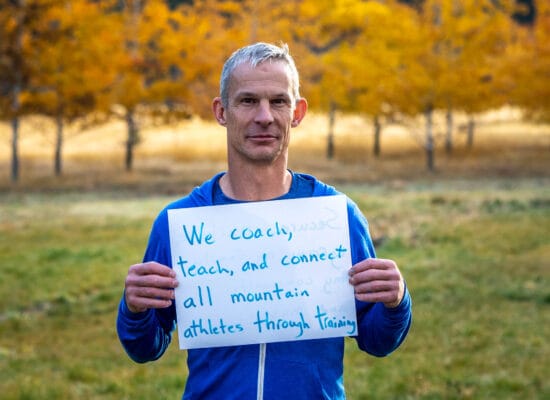With the Everest season in full swing, click many people ask what it takes to climb the highest mountain in the world.
It comes down to a few areas: skills, experience, fitness and commitment.
Many people focus on the money, and of course that is important. Look to budget at least $30K for a north side climb and $40K for a south side climb assuming you are looking to go a couple of years from now. Go with a quality organization, not the lowest price one.
Here are ten key factors to consider for planning an Everest expedition:
- Build your climbing fund: create a plan to prioritize climbing expenses in your overall income and expense plan.
- Find like minded climbers with similar goals you can train with and count on in difficult times: Join a club
- Get in shape – you need a basic level of fitness to start climbing including stamina and aerobic conditioning: Interval training, long runs and climbs, anything that takes several hours is good training: A good program can be found at Body Results or PowerFit
- Lean the basics of wilderness medicine, and avalanche training and mountaineering through a course: Look into courses with RMI , REI and AIARE
- Accumulate the quality gear you can . Don’t skimp because it could mean your fingers, toes or your life at 8000m: AAI has an excellent gear and brand suggestion list.
- Climb mountains that limit your risk but still allow you to learn such as Rainier or difficult 14ers in Colorado or California
- Test your skills on a high mountain such as Aconcagua and a tough snow mountain like Denali: Go with a proven guide who will teach you as well as guide.
- Climb to 8000m on Cho Oyu before Everest to experience expedition life, extreme altitude and understand how your body performs: Ideally, go with the same guide you will select for Everest
- Work on your mental toughness by pushing yourself in harsh conditions: Run in the pouring rain, climb on the coldest and windiest route at night you can muster, cycle when dead tired, climb with a pack heavier than you will use on your next climb
- Hone your climbing skills to be as self sufficient on every climb as possible including knots, crevasse rescue, winter camping techniques, cooking. Practice every chance you get
You can read more ideas on my 8000m FAQ page, gear page and on my Selecting a Guide page.
Climb On!
Alan




